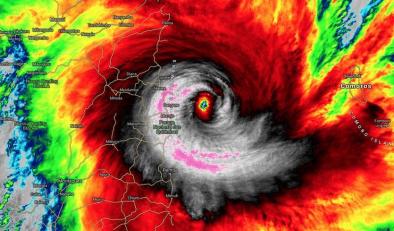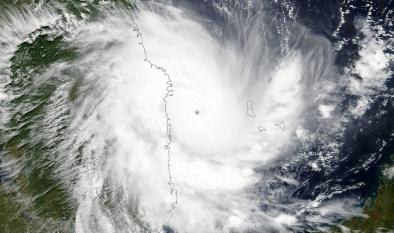Science Source
Enhanced poleward propagation of storms under climate change
- States that models suggest that storm tracks — regions of large atmospheric weather variability that influence the distribution of temperature, precipitation and wind in the extratropics — shift poleward under global warming
- States that while the poleward shift is a robust response across most models, there is currently no consensus on the underlying dynamical mechanism
- Presents a new perspective on the poleward shift, which is based on a Lagrangian view of the storm tracks
- Applies a storm-tracking algorithm to an ensemble of CMIP5 models
- Shows that in addition to a poleward shift in the genesis latitude of the storms, associated with the shift in baroclinicity, the latitudinal displacement of cyclonic storms increases under global warming
- Shows that the increased latitudinal propagation in a warmer climate is a result of stronger upper-level winds and increased atmospheric water vapour
Related Content
Headline

Apr 26, 2019 | Weather Underground
Category 4 Kenneth Crashes Ashore in Mozambique; Devastating Rains Still to Come
Headline

Apr 25, 2019 | Washington Post
Historic Tropical Cyclone Kenneth crashes ashore in northern Mozambique, where devastating flooding is feared
Science Source
| Nature
A global slowdown of tropical-cyclone translation speed
James P. Kossin
Science Source
| Scientific Reports
Persistent northward North Atlantic tropical cyclone track migration over the past five centuries
Lisa M. Baldini, James U. L. Baldini, Jim N. McElwaine et al


